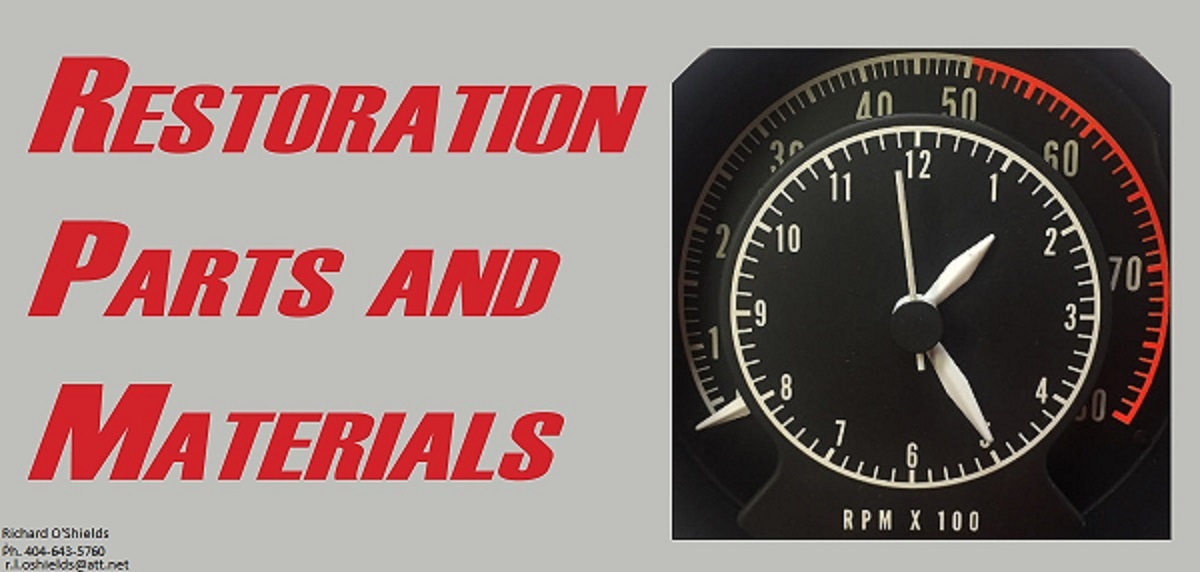Considering the engine analyzer(s) with which you are working, a high bandwidth oscilloscope is not required. I suspect even a 20MHz scope would be adequate, but I would go for more than that. For selecting a scope, think about the following:
- Bandwidth/response: Determine if possible, the timing of the typical to the fastest signals you expect to see. For example, loosely, if the fastest period or pulse you need to measure is 100 nanoseconds, the "converted" frequency is 10MHz. Overall response to capture should likely be several times this though. Probe frequency response is a consideration as well. Bandwidth is a major selection parameter. Rise time response is also a consideration, but likely not so much for the engine analyzers.
- Amplitude: You mention "100 m/v up to at least 30VPPDC" -- 100mV minimum resolution is within the capability of almost any scope. 100mV full scale narrows things a little. 30V peak to peak is also within the capability of almost any scope. peak to peak is AC. All but the simplest scopes have AC and DC coupling so if the 30Vpp is riding on a DC level, it can be included or excluded. Amplitude with these numbers is a minor selection parameter. Probe amplitude capability is a concern though. Probes are available as 1x, 10x, and 100x, with some as multiple selections. These are the attenuation of the signal fed to the front end of the scope. Most scopes have a limit of 300V (some measured in RMS, some pp), with some older scopes going to 600V. 10x and 100x probes extend this, within some limits. Consider what you may be encountering. For working around the analyzer's CRT high voltage, typically you would not be using a scope.
- Channels: Scopes can be single channel, dual channel, four channel, and even more in some special cases. A dual channel at a minimum is best overall, especially for comparing signals, and certain triggering.
- Analog vs. Digital: Analog scopes have the advantage of a more direct view of signalling and often better trigger response. Most analog scopes have a "Z" input. Although it may never be needed, but if it is needed, digital scopes typically can't serve that feature. However, analog scopes are no longer made as far as I know, supplanted by digital. Digital scopes are based on sampling and re-presenting signals rather than the more direct analog. Digital scopes have more features, and on screen assistance tools such as cursors for more precisely measuring amplitude and period/frequency. Modern digital scopes are all flat panel displays greatly reducing the size, power and heat compared to analog CRT scopes. Some Analog scopes of the late 80s and 90s have digital features as a hybrid of sorts. Digital scopes may list MHZ bandwidth or sampling rate or both for speed references. Early digital scopes had low sampling rates.
- Storage and screen capture: Early analog scopes used display mounted cameras (usually Polaroid) to capture screen images. Storage was not available on most, but some analog scopes did use a screen persistence method to "hold" an image for a time. Later,digital storage began meshing with scopes either with dumps over a control interface such as GPIB/HPIB or parallel/serial, then to floppy disk, and ultimately USB and network interfaces in digital scopes. If storage and data transfer are of interest, the newer digital scopes have the advantage. Of course, one can also snap a shot of the screen with a digital camera or phone, but then you can encounter raster or pixelation timing issues.
- Screen visuals: Older analog scopes have just the signal on monochrome screen and graticule overlay(s) for viewing and interpreting the signal itself. Later scopes added cursors and some on-screen text and menus. Newer scopes have colors, a multitude of menus and text for measuring and interpreting the signal. Some older scopes can measure and display voltage and timing on the screen or with a separate digital output. Newer scopes can do all this and add more.
- Old vs. New: Older scopes including analog, and early digital can be less expensive (although not always) than new digital scopes. Old vacuum tube based scopes can be solid, simple work horses, but limited in performance (not always) and features compared to newer solid state analog/digital and newest digital scopes. Older scopes can suffer from their age and previous use/conditions. Some laboratory grade scopes have custom circuitry that can be a pain to find replacement parts if needed. 80s and 90s digital scopes can suffer from onboard battery based memory losing calibration and other information. Older scopes are more straightforward and direct in operation. New(er) will suffer less from some of these older ailments, but can be less durable physically, and more complex and tedious to operate, particularly with a lot of soft controls and menus versus older direct buttons and controls.
- Probes: As mentioned, probes are a consideration too. They are to be considered as part of the scope "package". If they come matched to the scope, the selection is simple. Their frequency response, amplitude rating, and compensation, plus things like lead length and impedance matching are items to note. Typically, getting probes of a greater response rating than the scope itself ensures that probes are not limiting one in its use. Certain older probe types or brands can be hard to find still in good shape. However, for general work, often generic probes are fine, as long as compensation ranges match.
- Cost: In general a moderately priced mid-performance scope would be more than adequate for the engine analyzer(s), whether pure analog, early digital, or modern digital. Older, lower performance scopes may initially cost less, but may require time and more cost to make or keep usable. Older high performance scopes such as from Tektronix or Hewlett Packard (HP) can cost more than modern scopes, and may still need more time and cost. Repair parts, especially CRTs, switches, and manufacturer custom components can be costly and hard or impossible to find.
I have several scopes. A few are for possible parts, a few may not work or have issues at the moment, and the rest are usable. Tektronix has been the traditional leader in scopes, and most of mine are that brand, with one HP, a couple of Eicos, a JDR Instruments, a broken Leader and two specialty brands, Sencore and Nicolet. Of these, my primary workhorses are a Tektronix 2236 and an Eico 482 (or its rebadged equivalent, JDR Instruments 2000). For a little more performance, my favorite is a Tektronix 2430A. I have a higher performance/storage capability Tektronix TDS754A, but I don't really use it.
For your needs, and within the pricing you mentioned, I would look at a modern Siglent or Rigol brand, likely more toward Siglent. I've never used these brands, but from reading, they seem to be top choices overall. A new Tektronix or Keysight (formerly Agilent, formerly HP) would exceed cost preference, although one a few years old might fit. For older analog scopes and early digitals, I'd skip tube scopes (unless you just like them), look at a well kept 70s Tektronix 465 or 475, an 80s Tektronix 22xx or 24xx series (although the 24xx can have more issues), maybe an HP 17xx series. Some of Phillips' offerings in the 80s were good. Many more basic older scopes are a possibility, but usually with lower bandwidth, but a Leader, BK-Precision, Hitachi, Kenwood or others, even Heathkit are possible. Hitachi, Kenwood and similar scopes were basic but well built, containing common consumer parts. As an aside, for a basic, simple yet capable basic 20MHz scope is any of the Hung Chang OS-620 variants, including Eico 482, JDR 200, Tenma 72-720, and more. There are many possibilities.
In sum, a modern mid-priced digital, 100MHz, 1GSa/sec dual channel with mild storage capability and USB and/or Ethernet connectivity, possibly optionally battery powered should cover it. As an alternative, or supplemental, an old analog scope, 100MHz without storage would be handy, although a 20MHz-60MHz would likely fit most needs.
Whatever you get, ensure it has proper documentation. New stuff should have some form of user manual, including paper, electronic, or built in to the scope itself (ie. help menus/screens). New stuff often will not have much if any service documentation publicly available. For older stuff, ensure user and service documentation is available. Although basic operation is easy to figure out, more complex features may need more information to use. And much older stuff may need some repair work, so service information is key.
For good general information about scopes, get a copy of or download Tektronix's "XYZs of Oscilloscopes". Older editions are better for older and analog scopes. Recent editions are better for modern stuff. The current edition is available for download at
XYZs of Analog and Digital Oscilloscopes.
That said, and I did not intend to be this wordy, I am not the best to recommend more modern stuff since I haven't used it, although I might get something like a Siglent at some point. Although I have a lot of equipment, sadly I don't get to use it as much as I'd like. At the moment, my lab is more of a support role for my other hobbies, which is often involving relatively simple earlier stuff. And I am rusty in many deeper areas. One day, I'll have more time to play more with just electronics hobby-wise in the lab.

















